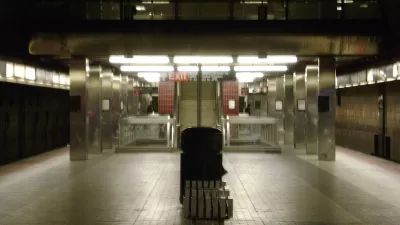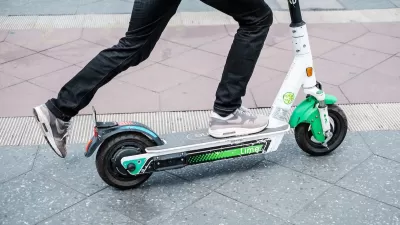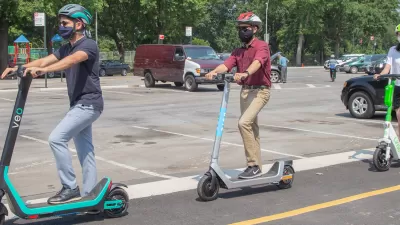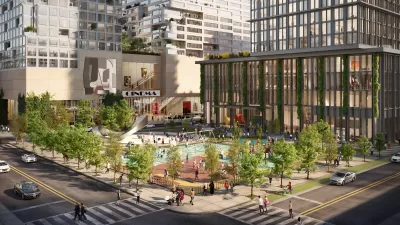Public and private interests have emerged to revitalize the Queens neighborhood, an inter-modal hub ten miles east of Midtown Manhattan.

C.J. Hughes reports that a combination of commercial, government, and non-profit groups are developing the area that many New Yorkers and tourists only know as the JFK-AirTrain route. The area lacks the vibrant commercial and residential atmosphere often found in other NYC neighborhoods with such a plethora of transportation options. "Scarred by poverty, crime and blighted conditions, that transit hub in Jamaica, Queens, has generally been more of a place to contemplate from train platforms than to stroll through on the ground."
Real estate developers plan to capitalize on its proximity to the airport and accessibility to Manhattan. Several major projects are underway, centered around the intersection of Archer Avenue and Sutphin Bouelevard, including a mix of affordable housing units, hotels, and a 100,000-square-foot retail center. The city is also paying attention to the neighborhood: the Jamaica Now Action Plan, a partnership among the city and various public and private stakeholders, has proposed a $153 million budget to attract residents, consumers, and jobs to the area.
Supporters maintain that local residents can rest assured that the investments will not lead to gentrification trends found in other NYC neighborhoods, where low-income residents are often displaced or priced out. Many of the lots being redeveloped are abandoned storefronts and parking lots. According to the Jamaica Now group:
"The strategic actions proposed in the Plan are the product of a nine-month community engagement process and incorporate recommendations from more than 30 meetings and two public conferences with Jamaica residents, businesses, community leaders, and elected officials."
Furthermore, the state has designated 132 acres of the area as brownfields, providing incentives for developers to clean up polluted soil.
FULL STORY: Developers Hope to Change the Face of Transit Hub in Jamaica, Queens

Study: Maui’s Plan to Convert Vacation Rentals to Long-Term Housing Could Cause Nearly $1 Billion Economic Loss
The plan would reduce visitor accommodation by 25,% resulting in 1,900 jobs lost.

North Texas Transit Leaders Tout Benefits of TOD for Growing Region
At a summit focused on transit-oriented development, policymakers discussed how North Texas’ expanded light rail system can serve as a tool for economic growth.

Why Should We Subsidize Public Transportation?
Many public transit agencies face financial stress due to rising costs, declining fare revenue, and declining subsidies. Transit advocates must provide a strong business case for increasing public transit funding.

How to Make US Trains Faster
Changes to boarding platforms and a switch to electric trains could improve U.S. passenger rail service without the added cost of high-speed rail.

Columbia’s Revitalized ‘Loop’ Is a Hub for Local Entrepreneurs
A focus on small businesses is helping a commercial corridor in Columbia, Missouri thrive.

Invasive Insect Threatens Minnesota’s Ash Forests
The Emerald Ash Borer is a rapidly spreading invasive pest threatening Minnesota’s ash trees, and homeowners are encouraged to plant diverse replacement species, avoid moving ash firewood, and monitor for signs of infestation.
Urban Design for Planners 1: Software Tools
This six-course series explores essential urban design concepts using open source software and equips planners with the tools they need to participate fully in the urban design process.
Planning for Universal Design
Learn the tools for implementing Universal Design in planning regulations.
City of Santa Clarita
Ascent Environmental
Institute for Housing and Urban Development Studies (IHS)
City of Grandview
Harvard GSD Executive Education
Toledo-Lucas County Plan Commissions
Salt Lake City
NYU Wagner Graduate School of Public Service





























